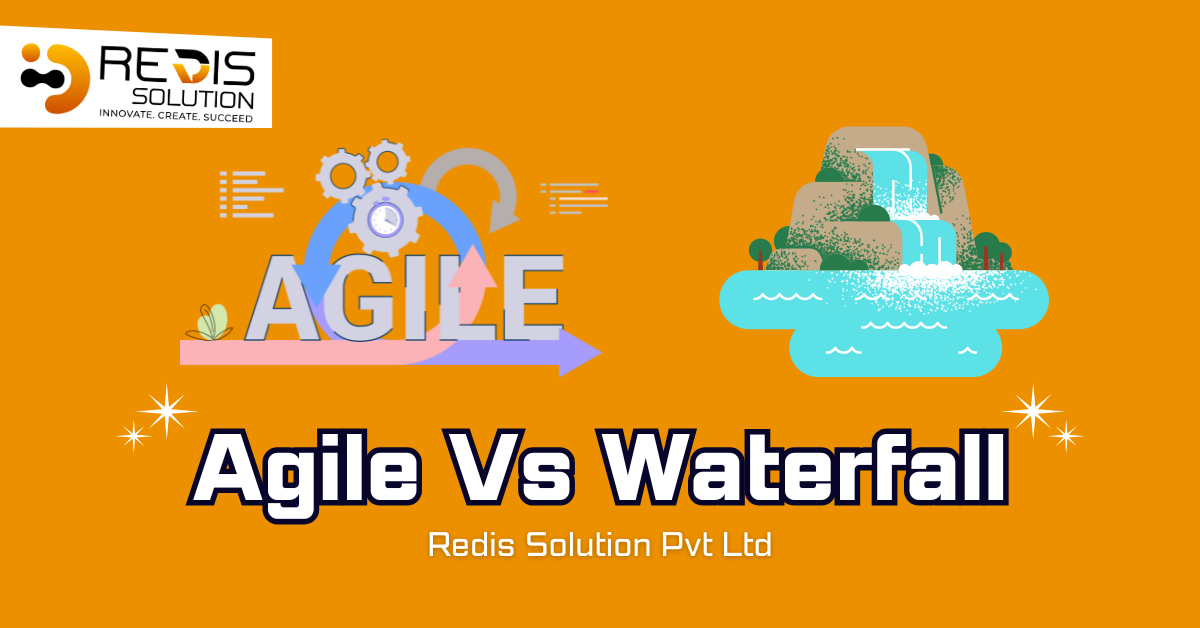The software development industry has evolved significantly over the years, bringing with it various project management methodologies to suit different types of projects. Two of the most prominent methodologies that companies rely on today are Agile and Waterfall. Each of these approaches offers distinct advantages and disadvantages, making it essential for organizations to carefully consider which one is best suited to their specific project requirements.
This article will provide a detailed comparison of Agile and Waterfall methodologies, discussing their strengths, weaknesses, and how to choose the right approach for your projects.
Understanding Agile Methodology
Agile is a flexible, iterative approach to software development and project management that emphasizes collaboration, customer feedback, and small, incremental releases. Agile breaks down a project into smaller, manageable units called sprints, which usually last two to four weeks. During each sprint, teams work on specific features or components of the product and deliver a working version at the end of the sprint. This allows for continuous improvement and the ability to adapt quickly to changes in customer requirements or market conditions.
Agile is based on the Agile Manifesto, which was introduced in 2001 by a group of software developers. The manifesto emphasizes four key values:
- Individuals and interactions over processes and tools
- Working software over comprehensive documentation
- Customer collaboration over contract negotiation
- Responding to change over following a plan
Popular Agile frameworks include Scrum, Kanban, and Extreme Programming (XP), all of which focus on delivering frequent releases, promoting collaboration, and adjusting to changes quickly.
Key Features of Agile
- Iterative Development: Agile projects are broken into smaller iterations or sprints, with regular feedback loops and adjustments.
- Customer Collaboration: Agile prioritizes frequent collaboration with the customer to ensure the product meets their evolving needs.
- Flexibility and Adaptability: Agile allows for changes in requirements at any stage of development, making it ideal for projects where the scope is not fully defined.
- Self-Organizing Teams: Agile teams are often cross-functional and empowered to make decisions autonomously.
- Continuous Improvement: Teams focus on improving processes and outcomes after each sprint through retrospectives and feedback sessions.
Understanding Waterfall Methodology
Waterfall, on the other hand, is a more traditional and linear approach to project management. It follows a sequential model where each phase of the project must be completed before moving on to the next one. Waterfall projects typically follow a predefined structure consisting of distinct phases such as Requirements Gathering, Design, Implementation, Testing, Deployment, and Maintenance. The entire project is planned upfront, and there is little room for changes once development begins.
Waterfall originated from manufacturing and construction industries, where changes in the middle of the project were costly and disruptive. As a result, it requires thorough documentation and strict adherence to the plan.
Key Features of Waterfall
- Linear Process: Waterfall follows a strict, step-by-step approach with each phase dependent on the previous one.
- Extensive Documentation: A significant amount of time is spent documenting project requirements and design before development begins.
- Defined Scope: Waterfall works best for projects where the scope and requirements are clear from the start.
- Limited Flexibility: Changes in requirements are difficult and expensive to implement once the project is underway.
- Clear Milestones: Each phase of the project has clear milestones, making it easier to track progress and ensure everything is on schedule.
Comparing Agile and Waterfall Methodologies
When it comes to choosing between Agile and Waterfall, it’s essential to understand the differences between the two methodologies to determine which one will best suit your project’s needs.
1. Project Structure
- Agile: Agile projects are broken down into smaller cycles (sprints), which allow for incremental progress and regular feedback. This flexible approach means that the final product may evolve significantly throughout the development process.
- Waterfall: Waterfall projects follow a rigid, linear structure where each phase must be completed before moving on to the next. The project is planned in detail upfront, and changes are difficult to incorporate later on.
2. Flexibility
- Agile: Agile is designed to be highly flexible, allowing teams to adjust to changes in requirements or feedback during the project. This makes it ideal for projects where the scope may evolve or where there is uncertainty about customer needs.
- Waterfall: Waterfall is a more rigid approach, where changes are difficult to implement once the project is underway. It works best for projects where the scope is well-defined and unlikely to change.
3. Customer Involvement
- Agile: Agile encourages continuous customer involvement throughout the project, with regular feedback sessions at the end of each sprint. This ensures that the product aligns with customer expectations and can be adjusted based on their input.
- Waterfall: Waterfall involves the customer mainly during the initial planning phase, with little interaction throughout the rest of the project. The final product is delivered at the end of the process, which may result in a product that doesn’t fully meet the customer’s needs if their requirements change during development.
4. Documentation
- Agile: Agile prioritizes working software over comprehensive documentation. While some documentation is still necessary, the focus is on delivering functional software quickly.
- Waterfall: Waterfall emphasizes thorough documentation at every stage of the project. This helps ensure that requirements and designs are well-understood before development begins, but it can also slow down the process.
5. Risk Management
- Agile: Agile reduces risk by delivering small, incremental updates. This allows teams to identify and address issues early in the development process, minimizing the impact of errors.
- Waterfall: Waterfall’s risk is higher because issues may not be discovered until later in the project, particularly during the testing phase. If significant problems arise, it may be too late or too costly to make changes.
6. Time and Budget
- Agile: Agile projects are often more time-efficient due to their iterative nature, but the flexible scope means that it can be harder to predict the final timeline and budget. Agile is better for projects with dynamic requirements but may require more resources in the long term.
- Waterfall: Waterfall is ideal for projects with a fixed timeline and budget since everything is planned upfront. However, the downside is that changes to scope can result in delays and cost overruns if issues arise during development.
Pros and Cons of Agile
Pros
- Flexibility: Agile allows for ongoing changes, making it ideal for projects with evolving requirements.
- Customer-Centric: Regular feedback ensures that the product aligns with customer expectations.
- Improved Collaboration: Agile fosters better communication and collaboration between teams.
Cons
- Lack of Predictability: Agile’s flexibility can make it harder to predict the final project cost and timeline.
- Requires Skilled Teams: Agile teams need to be highly skilled and self-organizing, which may be challenging for some organizations.
- Over-Emphasis on Feedback: Frequent customer feedback can sometimes lead to scope creep, where the project continues to grow without clear boundaries.
Pros and Cons of Waterfall
Pros
- Clear Structure: Waterfall’s linear approach makes it easy to track progress and ensure that all project phases are completed on time.
- Predictability: With everything planned upfront, it’s easier to predict the project’s timeline, costs, and resources.
- Comprehensive Documentation: Detailed documentation helps ensure that requirements are well-understood before development begins.
Cons
- Inflexibility: Waterfall is not well-suited for projects with changing requirements or uncertainty in scope.
- Delayed Feedback: Customers are often not involved until the end of the project, which can lead to mismatches between the final product and their needs.
- Higher Risk: Issues may not be discovered until the testing phase, leading to costly fixes and delays.
Choosing the Right Methodology for Your Project
Selecting between Agile and Waterfall depends on the specific needs of your project:
- Agile is best for:
- Projects with dynamic, evolving requirements
- Projects where customer involvement is essential throughout development
- Software development environments focused on flexibility and quick iterations
- Waterfall is best for:
- Projects with well-defined, stable requirements
- Projects with strict deadlines and budget constraints
- Highly regulated industries where documentation and compliance are crucial
Conclusion
Both Agile and Waterfall methodologies offer unique advantages, and the choice between them depends largely on your project’s specific requirements. Agile offers flexibility, continuous feedback, and the ability to adapt to change, making it ideal for dynamic projects. Waterfall, on the other hand, provides a more structured approach with clear milestones, making it suitable for projects with well-defined requirements.
By understanding the differences between these methodologies, you can make informed decisions that align with your team’s capabilities, your project goals, and your client’s expectations. Whether you choose Agile or Waterfall, the key is to ensure that the chosen methodology supports efficient project management and successful outcomes.


